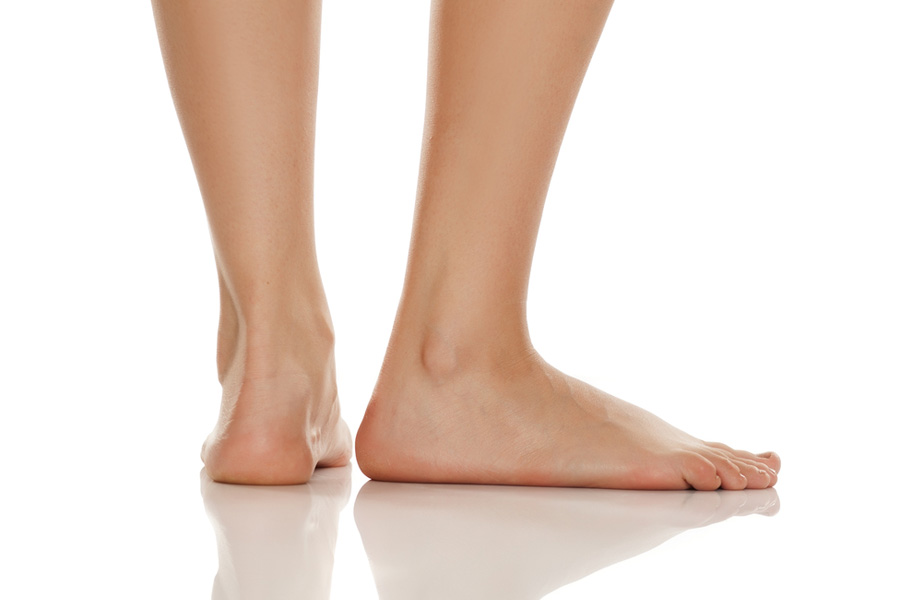
Plantar fasciitis is one of the most prevalent conditions that lead to heel pain in individuals of all ages and physical activity levels. It is a painful condition that arises when the plantar fascia, which is a thick band of tissue situated at the bottom of the foot, becomes swollen or irritated. This band is responsible for joining the heel bone to the toes and helps in supporting the arch of your foot.
What Causes Plantar Fasciitis?
Plantar fasciitis is caused by micro tears and overstretching of the plantar fascia ligament. Common risk factors include:
- Excessive walking or standing
- Wearing unsupportive footwear
- Flat feet or high arches
- Obesity
- Increased physical activity, especially running
These factors may result in micro tears in the fascia, which then become inflamed and painful.
Symptoms to Watch For
The most common sign of plantar fasciitis is a sharp, stabbing pain in the heel that occurs when one begins to walk after a period of inactivity or when he/she wake up in the morning. The pain is usually relieved by exercise, but may come back after a period of exercise or after standing for a while.
Diagnosis and Treatment Options
In most cases, diagnosis can be done through physical examination and medical history. In some cases, imaging tests such as X-ray or MRI may be employed to eliminate other causes of the symptoms. The initial management of the condition involves the following:
Rest:
Weight-bearing exercises put pressure on the affected fascia, and therefore, avoiding them allows the fascia to heal. This may include avoiding standing, walking, and exercising for several days or weeks, depending on the degree of the condition.
Ice:
Applying an ice pack on the affected area for about 15-20 minutes several times a day helps to reduce the swelling, deaden the pain and facilitate healing of the inflamed tissue.
Stretching:
Some of the stretching exercises that can be done to enhance flexibility and reduce pressure on the heel include stretching of the Achilles tendon, calf muscles, and plantar fascia.
Supportive Footwear:
Shoes with proper arch support and cushioning at the heel area can help distribute pressure and reduce the impact on the feet with every step.
Final Thoughts
Plantar fasciitis can be quite uncomfortable and may interfere with one’s daily activities, but it is not an incurable condition. If you follow the right measures, you can go back to your normal activities without having to deal with pain for a long time.
